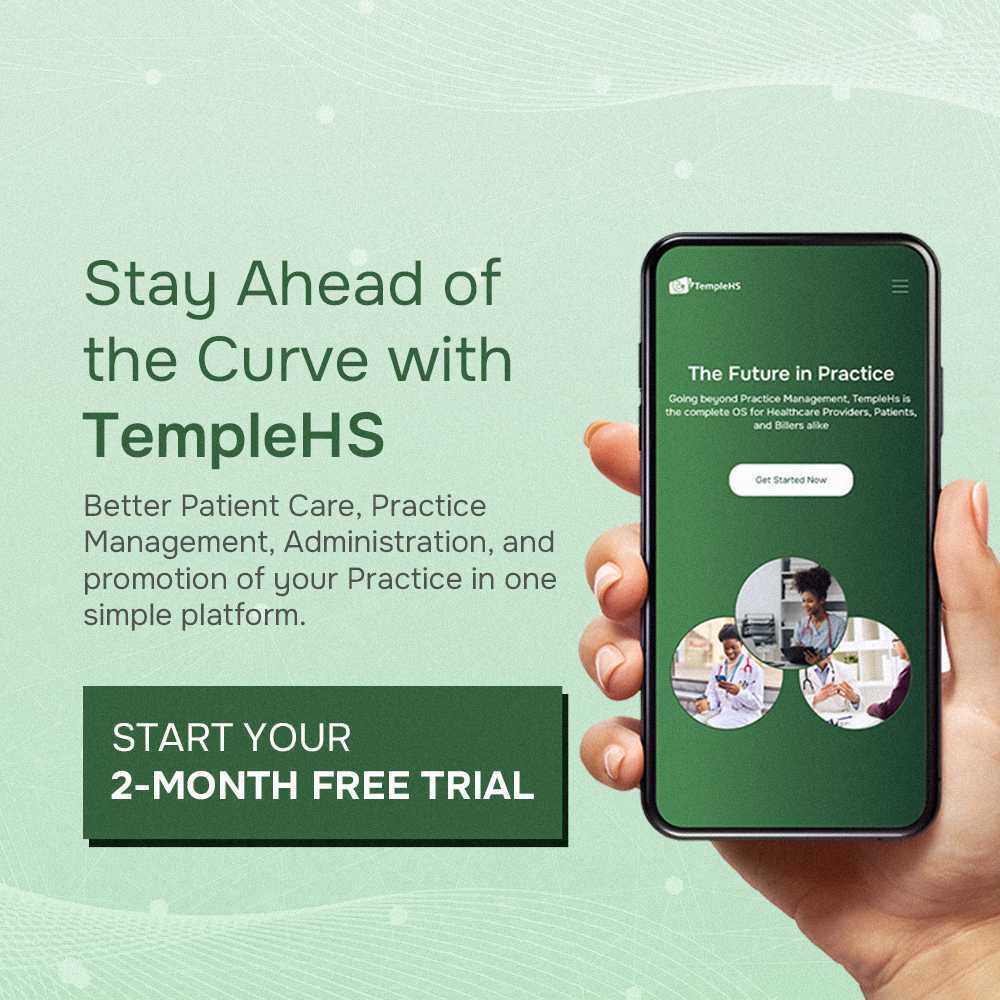Electronic Health Records (EHR) are digital versions of patients’ paper charts and have become an essential component in modern healthcare. With numerous options available, choosing the right EHR system can be overwhelming. A well-selected EHR can streamline patient care, improve efficiency, and ensure compliance with regulations. However, the wrong choice can lead to costly disruptions and frustration.
Understanding the key factors to consider is crucial for making an informed decision. This post will guide you through the essential steps to select the best EHR for your practice, helping you make a choice that benefits both your team and your patients.
Factors to Consider When Selecting the Best EHR
1. Usability
Usability is one of the most critical factors to consider when selecting an EHR. The system should be intuitive and easy to navigate for all users, including physicians, nurses, and administrative staff. A complex or cumbersome EHR can slow down operations, leading to frustration and errors. Look for systems that offer customizable interfaces, user-friendly dashboards, and efficient workflows. Ensure that the EHR has robust support and training resources to help your team adapt quickly.
2. Interoperability
Interoperability refers to the ability of the EHR system to exchange and make use of information across different healthcare settings. Your chosen EHR should seamlessly integrate with other systems such as laboratory information systems, radiology systems, and billing software. This ensures that patient data is accurately shared and accessible, improving coordination and continuity of care. Check if the EHR complies with national interoperability standards and can connect with regional health information exchanges (HIEs).
3. Customizability
Every healthcare practice has unique needs and workflows. Therefore, it’s essential to select an EHR that offers a high degree of customizability. This includes the ability to modify templates, forms, and reports to match your specific requirements. A customizable EHR allows you to tailor the system to your practice’s processes, enhancing efficiency and user satisfaction. Ensure that the vendor provides adequate support for customization, including training and technical assistance.
4. Cost
The cost of an EHR system encompasses more than just the initial purchase price. Consider the total cost of ownership, which includes implementation, training, maintenance, and any potential upgrades. Some vendors offer subscription-based models, while others require a significant upfront investment. Evaluate your budget and consider the long-term financial implications of each option. It’s also wise to ask about any hidden fees, such as charges for additional features or customer support.
5. Compliance and Security
Compliance with healthcare regulations, such as HIPAA in the United States, is non-negotiable. The EHR system must protect patient information with robust security measures, including encryption, access controls, and regular security updates. Ensure that the EHR is certified by relevant authorities and complies with all necessary standards and regulations. Ask the vendor about their security protocols and how they handle data breaches or cyber threats.
6. Vendor Support and Reputation
Choosing an EHR vendor with a solid reputation and reliable customer support is crucial. Investigate the vendor’s track record in the industry, including customer reviews and case studies. Reliable support is essential for troubleshooting issues, implementing updates, and providing ongoing training. Ensure that the vendor offers 24/7 support and has a dedicated team to assist with any technical problems. Strong vendor support can make a significant difference in the smooth operation of your EHR system.
7. Scalability
As your practice grows, your EHR system should be able to scale with you. Scalability ensures that the system can handle an increasing number of patients, users, and data without compromising performance. Evaluate the EHR’s ability to expand its features, storage capacity, and user licenses. A scalable EHR can adapt to your practice’s changing needs, saving you the trouble of switching systems in the future. Discuss your long-term goals with the vendor to ensure that the system can support your growth.
Getting Started with TempleHS
TempleHS is an all-in-one practice management solution designed to streamline healthcare operations for providers. This platform simplifies tasks such as record management, billing, appointment scheduling, and telehealth services, making it a comprehensive tool for efficient practice management.
TempleHS provides an intuitive interface that supports seamless appointment scheduling, allowing for quick and easy booking. Its advanced electronic health records (EHR) system ensures secure and precise management of patient information, enhancing both accessibility and compliance. The platform’s billing solutions are designed to reduce the complexities associated with claim management, ensuring faster reimbursements and less administrative burden.
Also, TempleHS integrates telehealth services, enabling providers to offer remote consultations, which expands patient access to care and improves convenience. The system also includes robust support and training resources, ensuring that healthcare teams can fully leverage its features with minimal disruption to their workflow.
Conclusion
Selecting the best EHR system is a critical decision that impacts every aspect of your healthcare practice. By thoroughly evaluating your needs, researching potential options, and considering key factors such as functionality, usability, and cost, you can choose an EHR that enhances your practice’s efficiency and patient care.
Remember, the right EHR not only supports your clinical workflows but also grows with your practice, adapting to future needs. Armed with the insights from this guide, you’re well-prepared to make a confident, informed choice that will serve your practice well for years to come.



